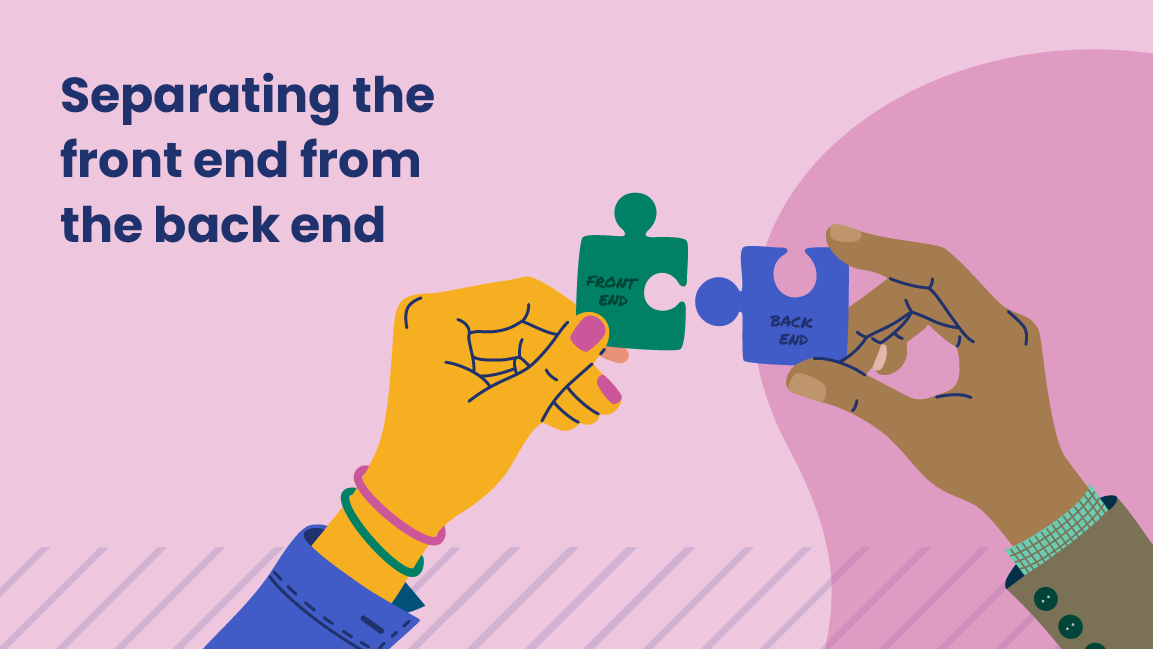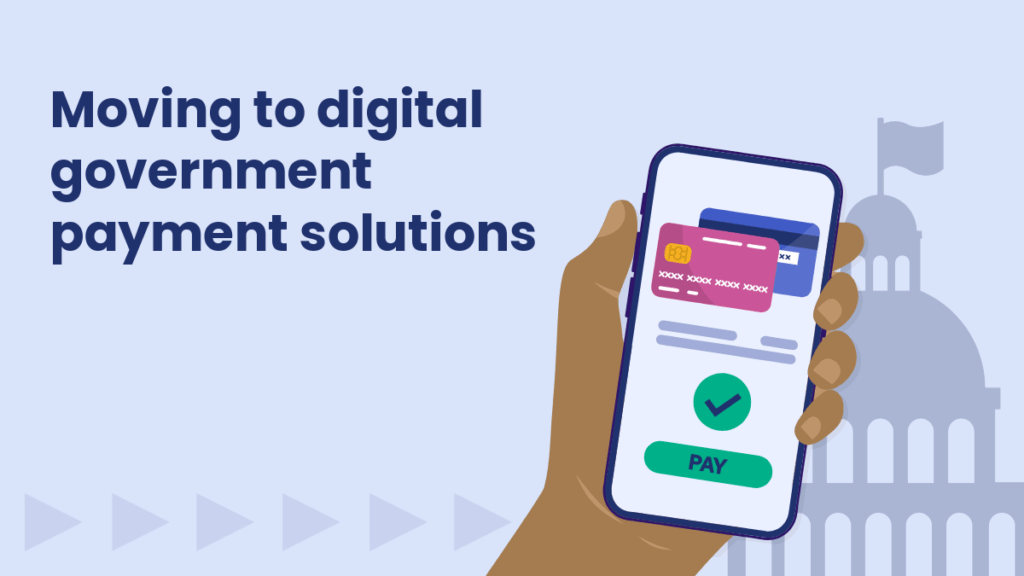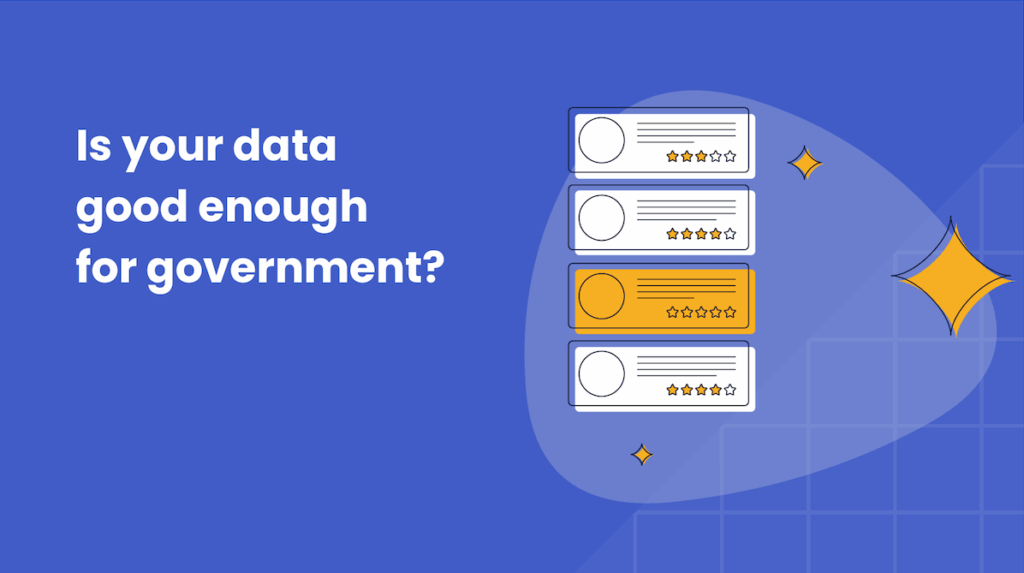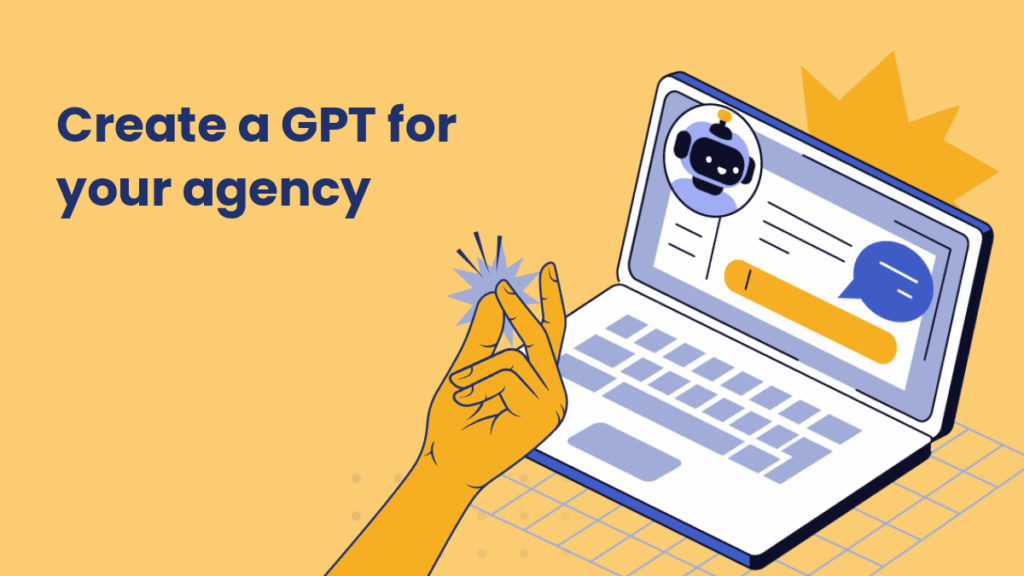A legacy SOR doesn’t have to hold back modernization: Separating the front end from the back end

Government agencies face continuous pressure to increase operational efficiency and deliver user-friendly, secure interactions. Yet, the complexities of legacy systems often hinder progress.
In a recent webinar, we highlighted the power of separating the back-end infrastructure from the front-end user experience to overcome these challenges.
The case for separation when updating digital government services
As Katie Beth DeSchepper, General Manager of DMV at PayIt, explained, separating the front end from the back end enables agencies to focus on creating an easily navigated and secure user experience — while allowing the modernization of back-end systems. This approach prioritizes simplicity for residents, encouraging more engagement and faster payments.
It should be easy, just as easy as utilizing your favorite e-commerce platform.
Katie Beth DeSchepper
Government services should be just as intuitive and secure, with the same level of trust.
By implementing a resident-first design, PayIt has helped agencies like North Carolina DMV and Jackson County, Missouri, achieve impressive results, including a 40% decrease in office wait times and a 50% increase in agency revenue.
Key benefits of a decoupled approach
- User-centric design
A separate front end provides flexibility to design interfaces that prioritize the user experience, whether they’re paying taxes, renewing licenses, or setting up utilities. - Speed to revenue
PayIt’s SaaS solution enables rapid implementation (often within 90 days), allowing agencies to start collecting online revenue faster. For example, Jackson County funded its annual school budget in just 45 days of online collections. - Cost efficiency
Moving interactions online reduces operational costs by minimizing mail processing and in-person office visits. Cities like Grand Rapids now collect over 90% of their property tax revenue online, compared to 40% before implementing PayIt. - Increased scalability
With a modular architecture, agencies can scale services across departments without disrupting existing operations. For instance, North Carolina leveraged PayIt to integrate DMV services, creating a unified platform for vehicle registration and driver’s licenses.
Real-world success stories
During the webinar, panelists shared a vivid example of North Carolina’s decision to modernize. Instead of tackling an expensive and time-consuming overhaul, the state introduced a separate, modern front-end interface for residents. This approach not only enhanced user satisfaction but also ensured revenue continuity during the pandemic.
“ [Say] there’s a mainframe that’s 45 years old; residents probably don’t need to know that because it’s not going to really make their opinion of the DMV any better,” said DeSchepper. They just want a simple, fast, and secure way to interact with their government.
Addressing common concerns
The webinar also tackled frequently asked questions, including:
- Why not build it in-house?
Building and maintaining a custom solution is costly, time-intensive, and requires specialized expertise. SaaS solutions like PayIt offer pre-configured best practices, ensuring faster deployment and lower long-term costs. - What about in-person payments?
PayIt supports omnichannel payments, including point-of-sale systems, IVR, and retail cash payments, all integrated with the resident’s digital profile for a unified experience.
Getting buy-in for modernization
Achieving organizational support for front end and back end separation starts with setting clear goals and identifying champions who can advocate for the initiative. Sharing data-driven case studies, addressing cost concerns, and highlighting risks of inaction are effective strategies to build momentum.
A smarter way to modernize digital government services
Separating the front end from the back end offers a way to modernize without sacrificing resident experience or security. It enables agencies to deliver better resident experiences while optimizing internal processes. As highlighted in the webinar, this strategy isn’t just about technology — it’s about digital government services aligning with the expectations of today’s digital-first residents.
Looking for more content?
Get articles and insights from our monthly newsletter.




